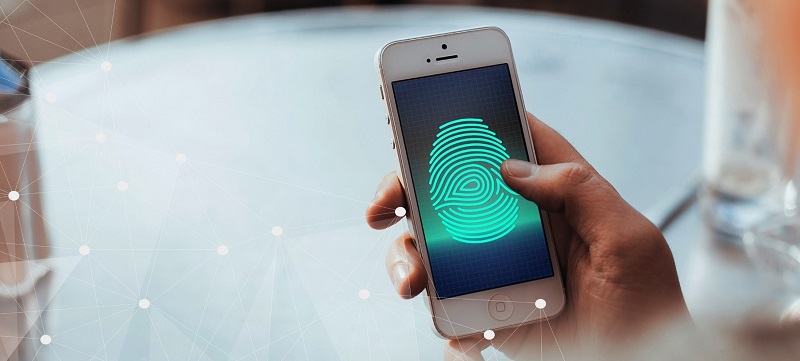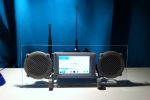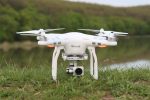Basics of Biometric Mobile Phone Authentication
Biometric mobile phone authentication is a fast emerging security technology. First made commercial in 1970, biometric security technology has now become intrinsic as a security technology in government and private organizations, healthcare, and telecommunications. Biometric mobile phone authentication technology from https://www.ipsidy.com/solutions/verified is used in various applications such as mobile voting, banking, and performing online transactions. Here are some of the biometric authentication methods used for mobile phones.
What Is Biometric Authentication?
Biometric applications from https://www.ipsidy.com/solutions/verified measures specific characteristics of a person such as their voice, handwriting, fingerprint, face, or a combination of all. Multimodal biometrics is something that cannot be copied, stolen, or reproduced. It provides a robust alternative to using passwords and pins. This technology is used to validate the identity of a user by measuring physiological and behavioral characteristics of an individual.
Biometric Verification in Mobile Payments
A new application will be introduced by credit card issuers which requires users to approve online purchases by taking selfies of themselves. Alternatively, they can opt for fingerprint authentication. There are certain factors that can affect facial recognition such as lighting, camera angle, sensitivity, and more. Fingerprint readers can be affected by temperature, position, and other factors.
While biometric authentication can become an actual method of providing credentials, the problem lies on carrying such a device on the person. For this reason, there are plans to make the mobile phone the actual hardware. One such popular approach is using smart cards. The mobile phone and smart card can be used for both physical and logical access authentication.
Making Biometric Authentication Effective
Apple’s Touch ID system has spearheaded fingerprint scanning technology. While the system is quite impressive from a security perspective, fingerprint scanners are not the be-all, end-all solution for identity theft and cybersecurity prevention. Fingerprints can be left on every surface we touch and they can be bypassed through the use of scanners, latex, and patience.
The current widespread authentication method being used right now relies on passwords. Once properly implemented, biometric technology can reduce identity theft. The most effective way to use biometrics for security purposes is to employ multi-factor authentication.
In multi-factor authentication, several security methods are combined for authenticating a user. PIN with password is not considered multi-factor because it is something that you know. Three factor authentication usually combines the PIN, passwords, and a device ID.
Widespread Adoption and Concerns
For financial institutions and merchant purposes, trust is particularly important for customers. Issues such as identity theft, account blocking inconvenience, and others needs to be addressed right away. Once deployed, full scale biometric authentication will be utilized in mobile payments and financial organizations.
Online fraud costs global economy around £60bn a year. This does not include the cost of identity theft and recovery but it is estimated that it is 10 times the actual cost. While they believe in the inevitability of fraud, most e-commerce merchants believe that preventive measures can lead to positive customer relationships. This will become a reality if they put in place proper security measures.
Multi-factor authentication should be introduced and consumers should be properly educated about the need for biometric technology.

















